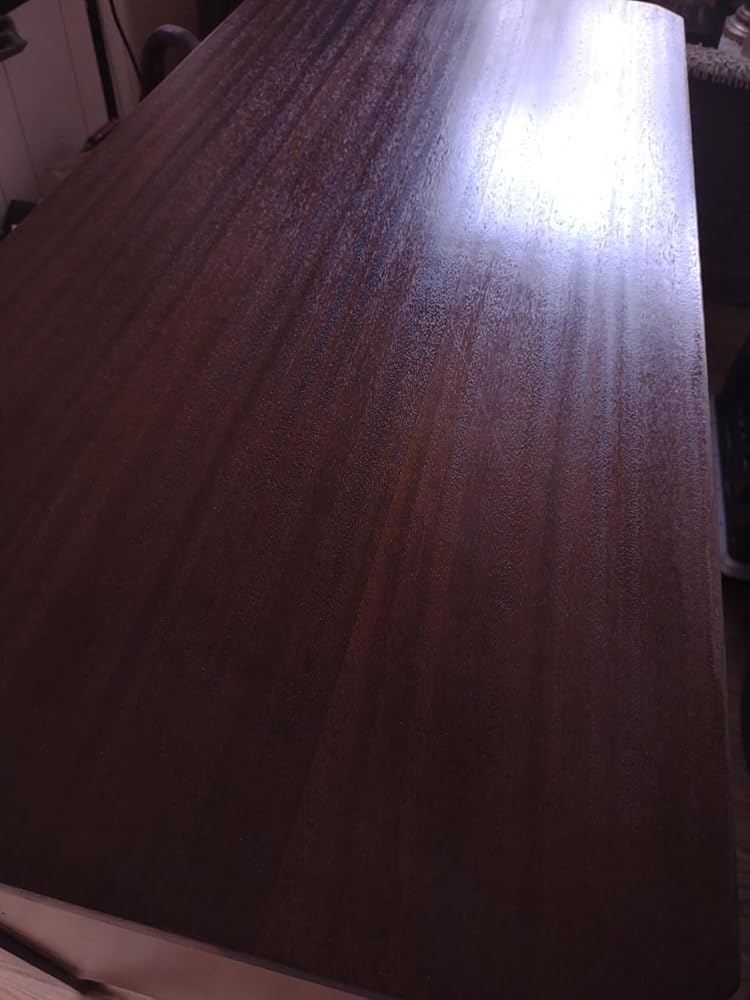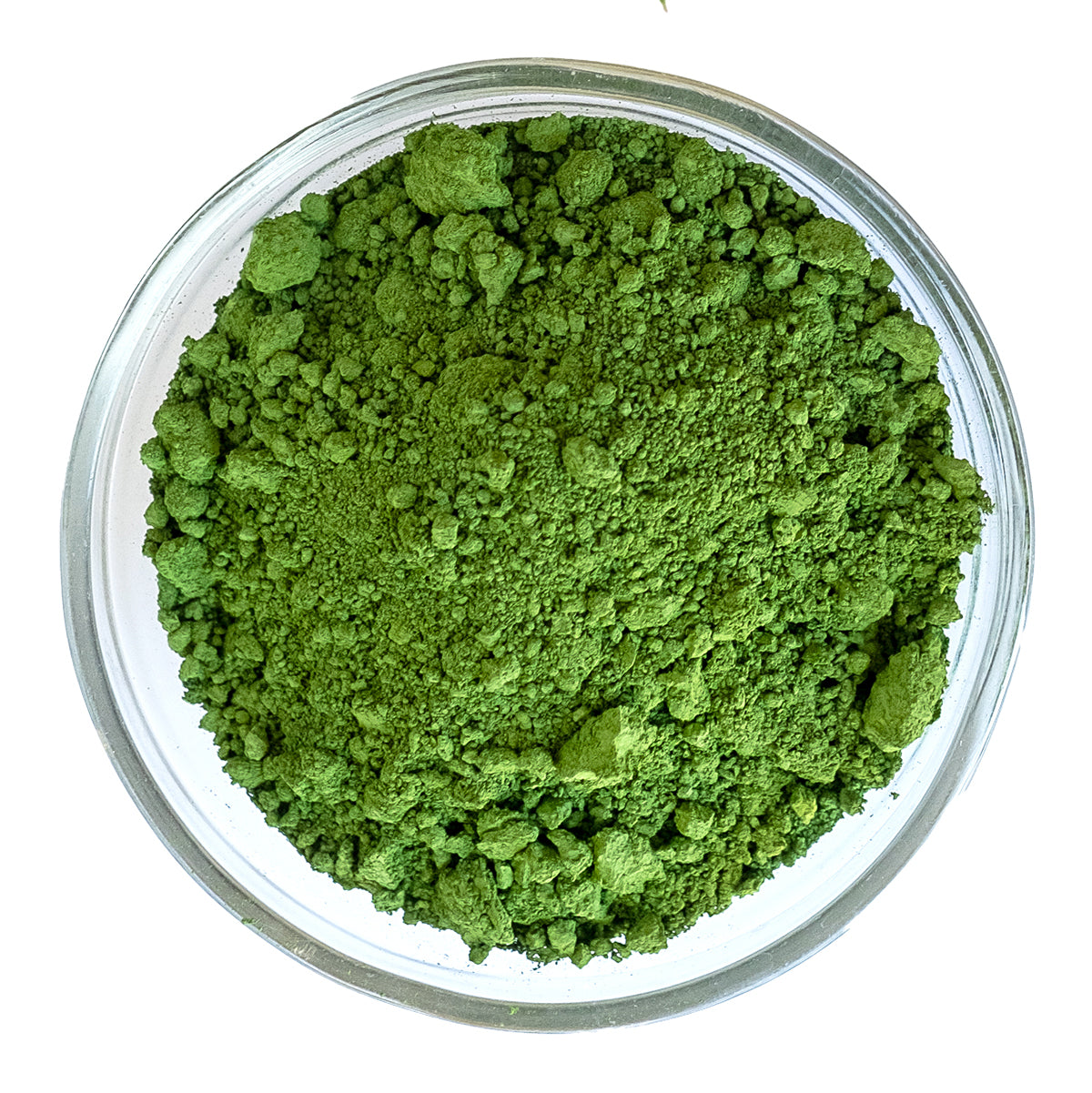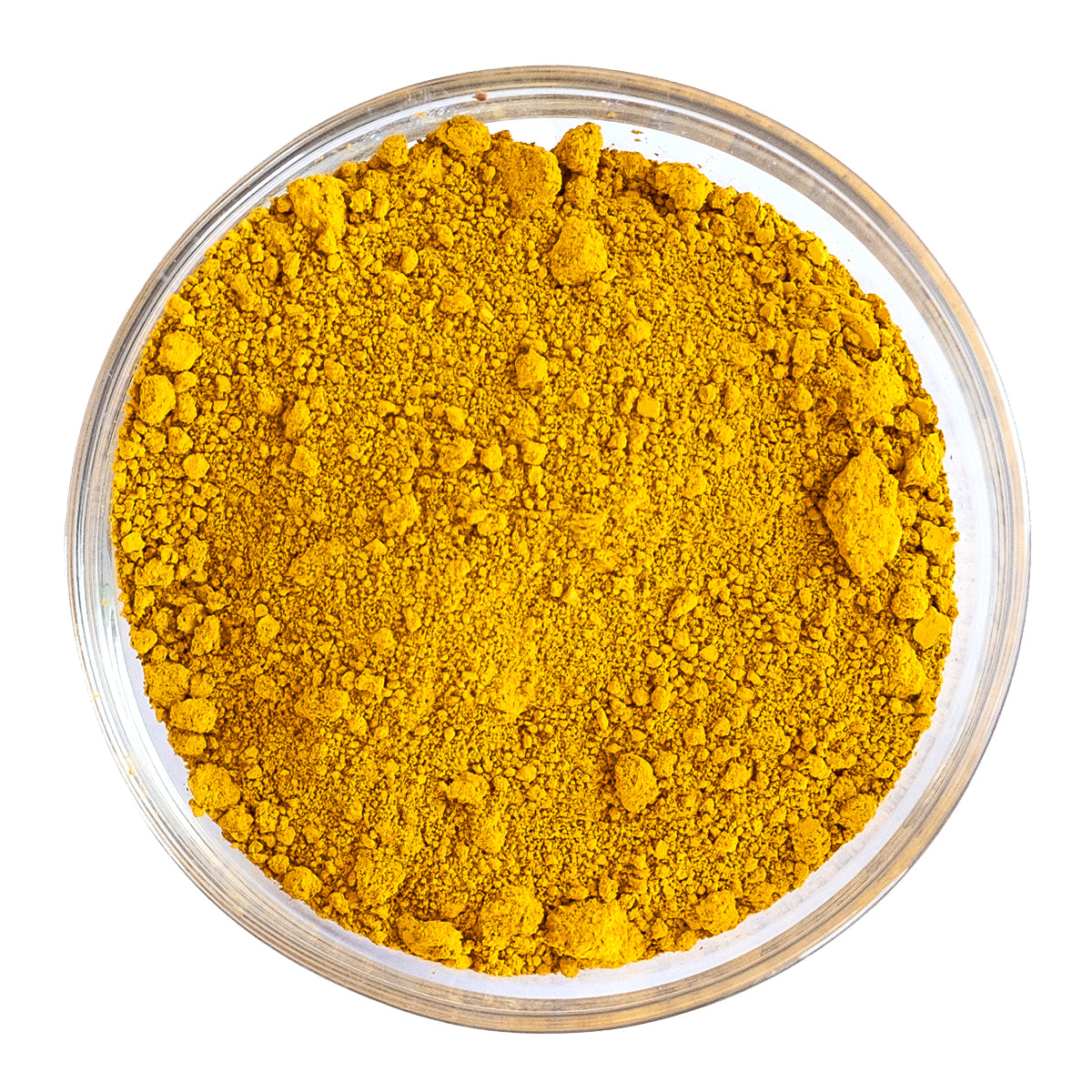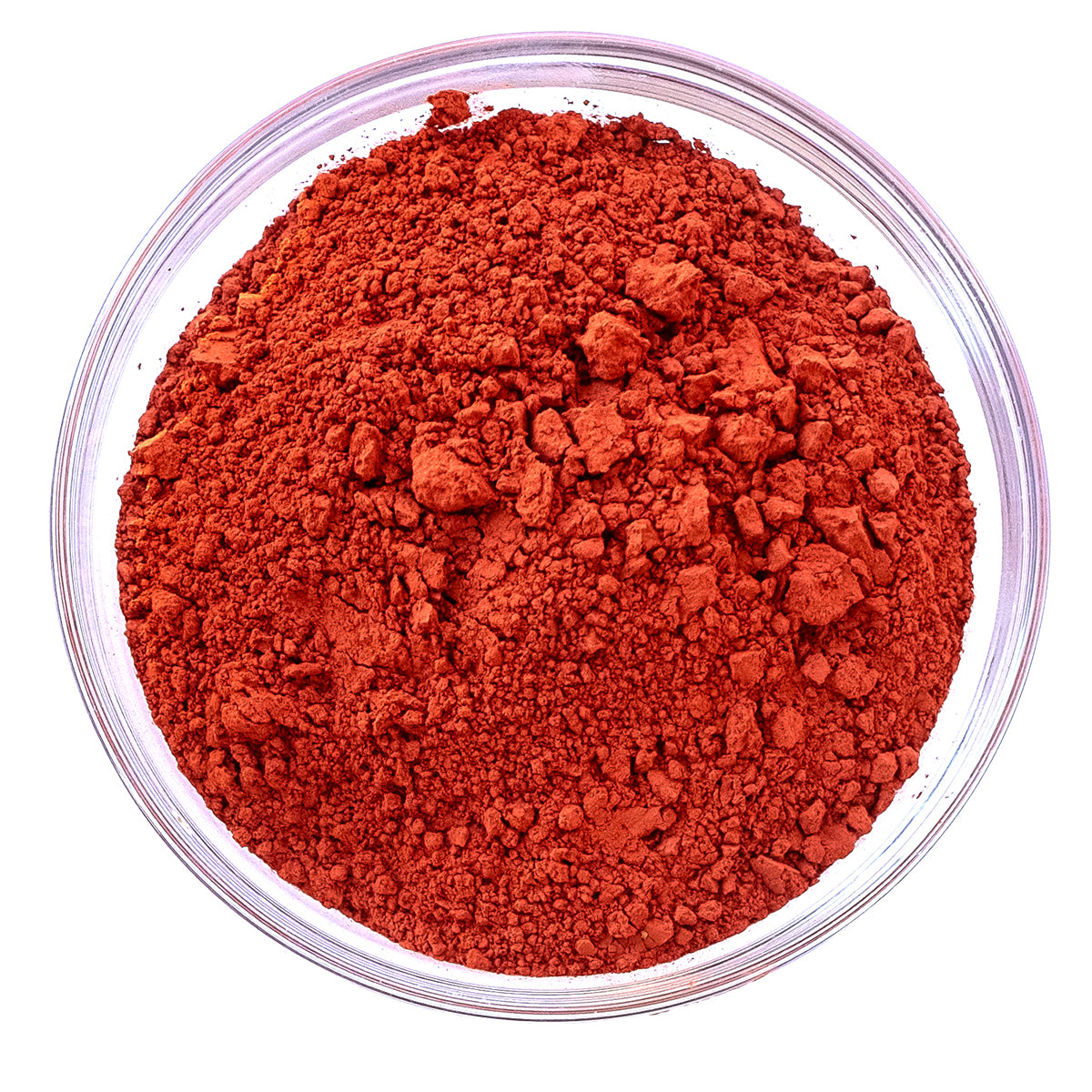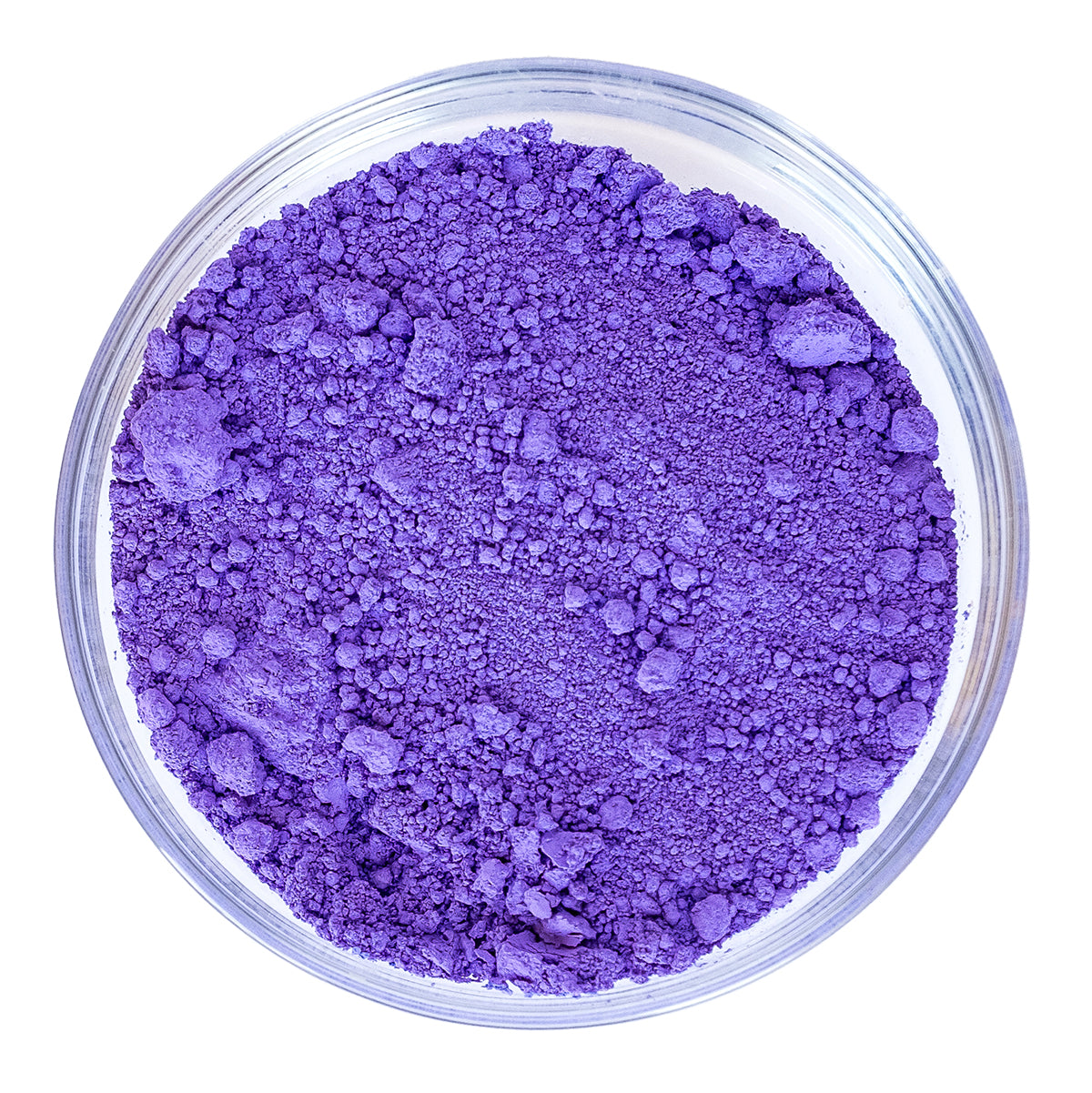How is it different from normal varnish?
The main difference between our varnish and all other varnishes on the market is that we don't include any toxic solvents - mineral spirits, turpentine, etc.
Can I seal an Acrylic painting with the Natural Varnish?
It was designed primarily for oil paintings and although many artists do use it for sealing acrylic paintings, it may cause slight smearing due to the alcohol content (depending on how long the painting has cured). We recommend the Natural Acrylic Medium for varnishing an acrylic painting, if needed.
What are the ingredients in the varnish?
The varnish is a plant and food based, proprietary blend and we are currently working to patent the recipe, so we can't give the detailed ingredient list at this time.
Does it contain shellac?
We do include a natural shellac in this varnish, but it is completely bug cruelty free. There are two types of shellac - one that involves the killing of lac bugs and one that is the collection of resin that the lac bugs leave - no lac bugs are killed in the process. We use this type of shellac and don't use anything that endangers animals or insects.
Can I thicken the varnish?
Yes, any alcohol soluble resin such as shellac will thicken the varnish.
Can I thin the varnish?
You can use a high proof alcohol - 190 proof - to thin the varnish if desired. The varnish is already quite thin, but you can add a little bit of high proof alcohol to make it go further to spray or get more coats. Be careful not to add too much or you will lose the varnish's protective qualities.
Is it waterproof? Water spots / exterior use
It's not designed to be 100% waterproof, but it will hold up for a while on wood outside but will need to be re-applied periodically. The varnish does a nice job of protecting against wear, however, less well against water. Shellac based varnishes are prone to water spots. A treatment of paste wax over the varnish helps prevent this. I recommend Ashland Oregon made Axe wax. It is only pure nonpetroleum non-toxic ingredients.
Is it flammable?
We use pure grain alcohol so it is flammable - care should be taken around heat sources.
How does it dry / what is the finish?
Glossy
How long does it take to dry?
5-10 minutes
How can I achieve a matte finish?
Once the varnish is completely dry, gently rub the finish with 4000 steel wool, 800 grit sandpaper, or a pumice stone in order to provide a matte finish.
Is it removable?
Yes, the varnish is removable by gently rubbing with alcohol on a soft cloth.
Can it be used for the French Polish technique?
Yes, our varnish has been formulated and used for years by violin makers and it makes a wonderful French polish for instruments.
Note: For added strength on French polishing, it is best to use a pumice bag with 000000 pumice and rub that in with your first coat to fill the pores with both the varnish, sawdust, and pumice (that's your pore filler). The pumice retains the same refraction as the shellac (becomes transparent), and this offers a lot of strength to the finish against sweat and everything else.
You could strengthen it by putting a coating of emulsified carnauba wax after it is cured. It works just fine for the Rosewood family. and you don't need to pretreat it with anything.
How does it compare to Damar varnish?
It is completely different from our varnish - it is an oil-based varnish and ours is a "spirit varnish" or alcohol-based varnish.
Can it be applied to glass or steel?
In the limited testing we have done, the varnish does adhere to glass and steel. We recommend using caution to protect the surface from scratches after it is applied (especially the glass) as it may still scrape off. We recommend you test it on a small area before applying to the entire area.
Do I need to use it on my paintings?
The varnish will add a gloss layer of protection, bringing a luminous depth to colors and even out matte and glossy areas if needed.
You don't need any varnish on the oil paint because oil paint is in itself very archival, durable and UV resistant. However some people add varnishes to increase the gloss shine, to bring out the radiance of the colors and make it "pop" more, to give it an extra layer of protection or even out the painting if there are some areas that are glossy and some matte.
How long should I wait for my painting to dry before applying?
You should wait until the painting is completely dry. As for drying time, that varies widely depending on pigments used, the thickness of paints, the number of layers and the surrounding environment. NOTE: There isn’t any water in oil paint to evaporate (unlike acrylics which dry by evaporation) so traditional oil paints dry by oxidation, which occurs when the oil reacts with oxygen in the air and hardens. This is why you shouldn’t varnish an oil painting until it is fully cured, as putting varnish on a partially dry (to the touch) painting won’t allow air through the varnish layer and will stop the painting from drying properly and fully.
Can I use it on paper?
We are finding from our watercolor artist customers that the varnish works great on some types of papers and not others - it depends on the fibers of the paper and the sizing in the paper. We have not done a test of all types of watercolor paper unfortunately so aren't able to tell you which ones work well. You can try first spraying with a fixative first - Spectrafix is an eco-friendly one made of casein (milk). I can't guarantee this though as we've never tested it. You can also try brushing our Natural Acrylic Medium over your watercolors although again, we have not tested it so can't say for sure it will give you the results you're looking for.
What is the coverage of the varnish?
Amount of coverage for a 4 oz. bottle of varnish:
Paintings (all types) or sealed or stained wood surfaces - 80 sq. feet
Raw hardwood - 50 sq. ft.
Raw soft wood or plywood - 12 sq. ft.
What about clean-up?
Do not rinse with water. Instead, use isopropyl alcohol to rinse tools and brushes. Once all varnish has been removed, then rinse with soap and water.















